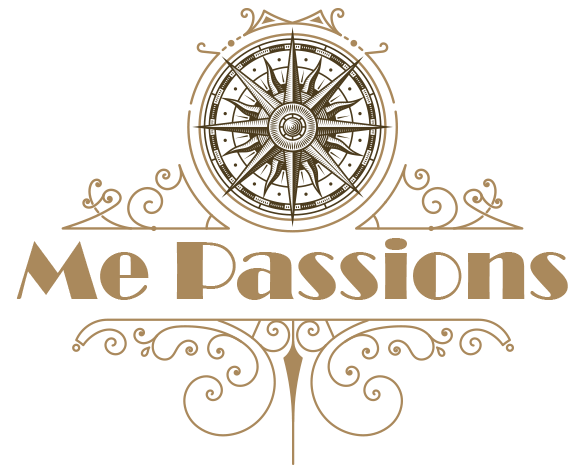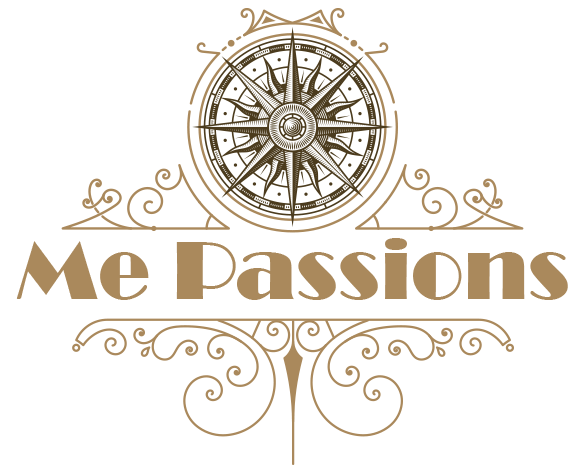From the July/August 2021 issue of Acoustic Guitar | By Greg Ruby
THE PROBLEM:
You want to create a chord-melody arrangement based on your favorite rendition of a song but don’t know where to begin.
THE SOLUTION:
Adapt a transcription by using chord-melody voicings for the longer melody notes and thirds or single notes on the quicker passages. Try this approach to make a chord-melody version of Django Reinhardt’s iconic interpretation of “I’ll See You in My Dreams.”
WORK FROM THE RECORD
The first step is to find an accurate transcription of the piece you want to adapt and learn. While making the transcription yourself is highly recommended, there are typically many available online and in print. The next step is to spend time learning to play along with the original recording. By doing so, you internalize the rhythms, phrasing, dynamics, chord progression, and note choice. I recommend slowing the recording down to an attainable speed. There are plenty of apps and computer programs available that can decrease the tempo of a recording without changing its pitch (even YouTube—just click on the gear icon on any video to find variable playback speed). Once you can play side by side with your favorite musician, you are ready for the next step.
FIND THE RANGE
Observe the highest and lowest notes of the transcription. It is a good idea to keep the range between the third-fret D on string 2 and the 12th-fret E on string 1. Sometimes, you will need to transpose in order to play the melody within this range. For “I’ll See You in My Dreams,” which I’ll get to in a bit, I moved the melody up an octave, such that the lowest note is the D at the third fret. While some notes extend above this range, the majority of the melody fits quite nicely, with only a few flourishes needing to be cut.
THINK LINEARLY
While guitarists typically play melodies “in position,” learn the tune on the highest two strings only, as this will provide enough range beneath the melody for the chords. Example 1 illustrates the first eight measures of Reinhardt’s “I’ll See You in My Dreams” in the original range. Example 2 transposes it up one octave and places it on strings 1 and 2.
CHOOSE YOUR VOICINGS
Many of the great early jazz standards use major triads in their chord progressions. But you might want more harmonic color. To get this, you can add any note of the diatonic scale to a major triad—for example, if you take a G major triad (G B D) and incorporate any of the remaining notes of a G major scale (A, C, E, or F#), you can enhance the color of the G without changing its function as a major chord. Example 3 shows a G triad played in various inversions, while Example 4 adds the note E for G6 (G B D E) and Example 5 adds F# for Gmaj7 (G B D F#). You can mix and match the same chord with different added notes, as you’ll see in the arrangement.

PLAY “I’LL SEE YOU IN MY DREAMS”
On June 30, 1939, Django Reinhardt, along with Pierre “Baro” Ferret on rhythm guitar and Emmanuel Soudieux on bass, recorded a sublime rendition of “I’ll See You in My Dreams,” the 1924 popular song by Isham Jones and Gus Kahn. From the first notes of the opening statement through the ending, it is pure brilliance.
Get stories like this in your inbox
Reinhardt’s first chorus is a very relaxed and soulful interpretation of the melody, complete with fills, syncopated rhythms, and a few of his classic licks. Example 6 arranges this opening chorus as a chord-melody solo. Following the chromatic triplet pickup bar, measures 1–2 voice the notes D, F, G, and A as the top notes of a Bb major triad. This changes their names in measure two to Bb6 and Bbmaj7. In measure three, use an upstroke with the plectrum on beat two while holding the Bbm6(9) and then play the Bbm6 on beat three with your second finger pressing both the third and fourth strings. Aim for the space between the two strings. If this is unattainable for any reason, alternatively, you could remove the note F on the fourth-string and fret the third-string Bb with your second finger.
In measure 5, the chords Fmaj7 and F6/9 are used to voice the notes A and C. Use your first and third fingers for both chords, as this will help with a smooth transition. Measure 8 offers a very hip Reinhardt “enclosure” lick. This cluster of notes moves too quickly to harmonize with a chord, so just play them on their own. In measures 9 and 10, the melody is harmonized with a third below. The note B is natural due to the diatonic resolution of a D7 chord being G major.
In measure 18, hold the Bb triad while adding the other melody notes. Reinhardt’s original melody in measures 21 through 23 was a flourish of notes outside of the guitar’s range in this octave, so I replaced them with the melody. In measure 25, finger the diminished chord by barring your first finger across the tenth fret, allowing you to lift your third finger to play the note D while still sustaining the chord.
Once you work out the fingerings, try practicing along with Reinhardt’s recording at half speed before bringing it gradually up to tempo. Then you will be sure to turn heads at your next swing jam, which is hopefully right around the corner.
Greg Ruby is a guitarist, composer, historian, and teacher specializing in jazz from the first half of the 20th century. His latest book is The Oscar Alemán Play-Along Songbook, Vol. 1. Ruby teaches Zoom lessons and classes. For more information, visit gregrubymusic.com.





This article originally appeared in the July/August 2021 issue of Acoustic Guitar magazine.









